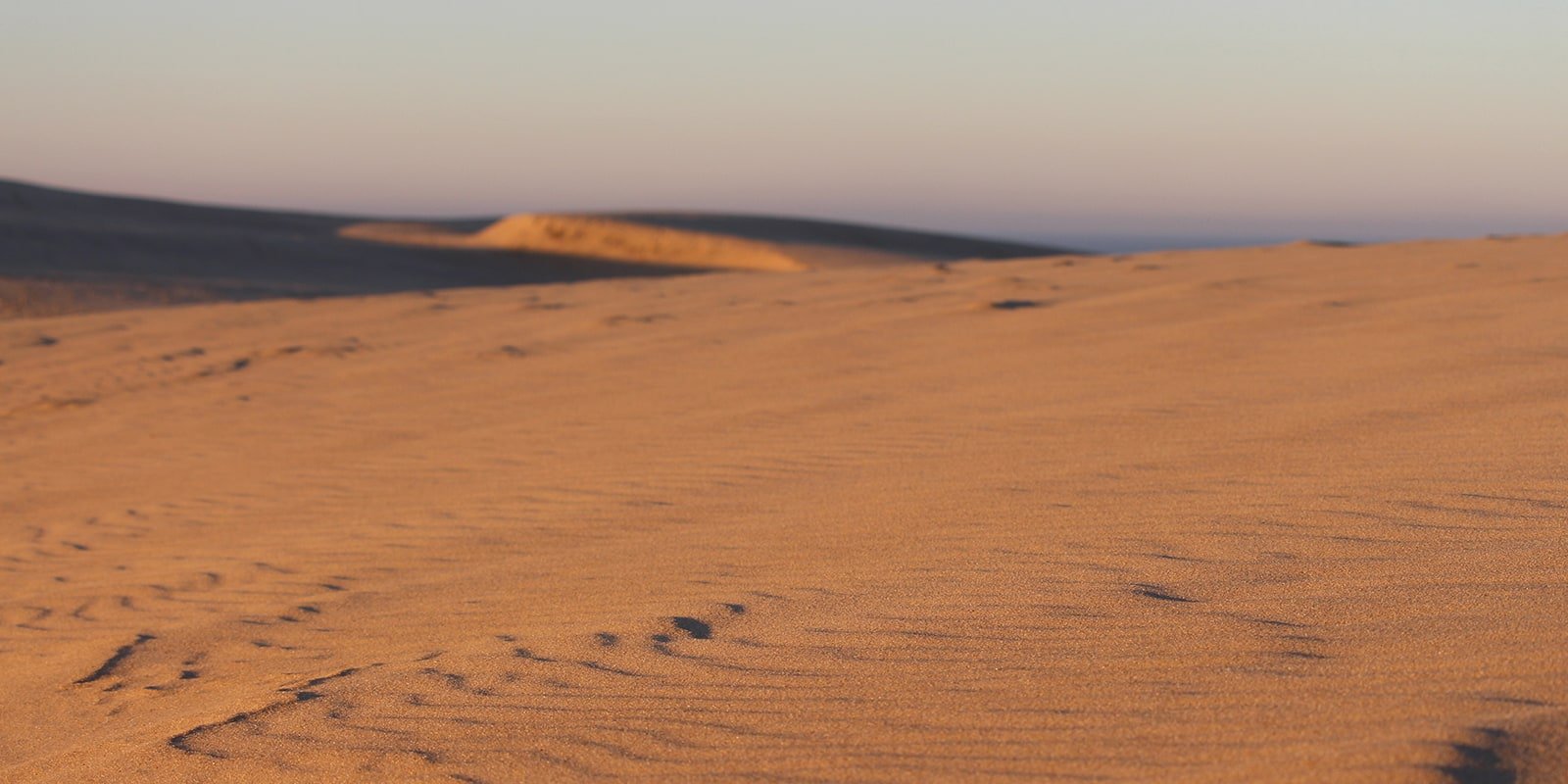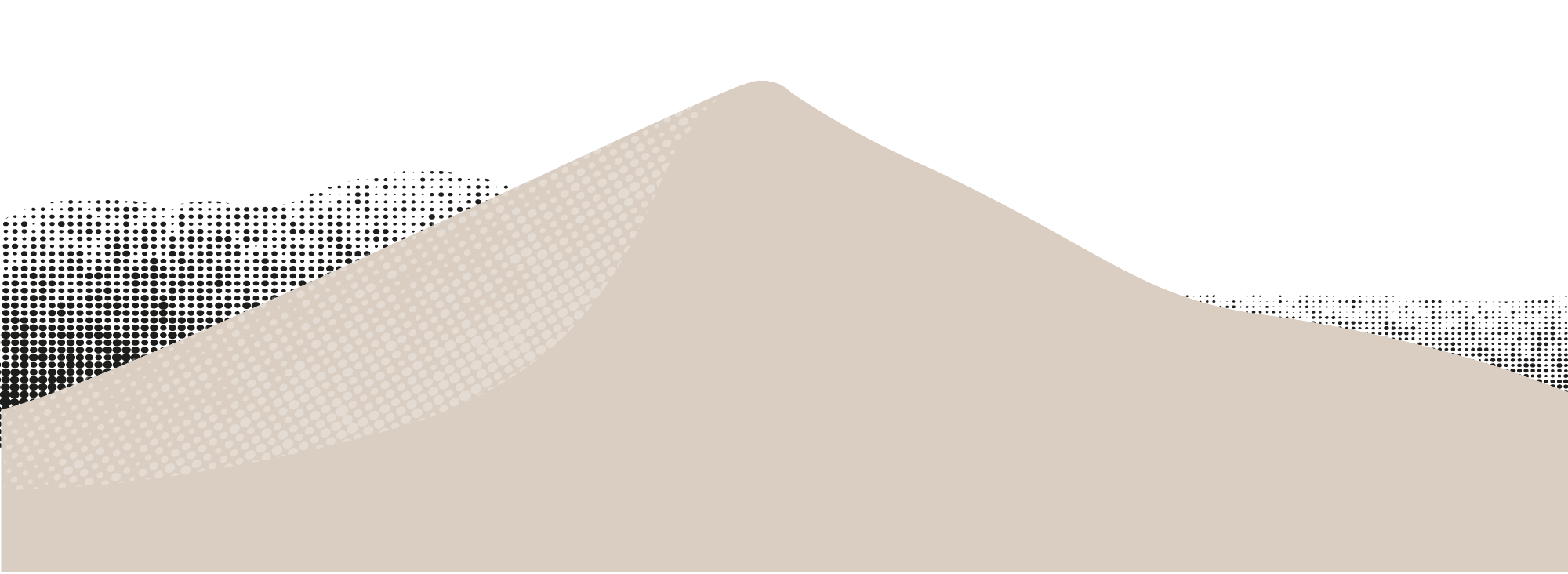" IN THE INTIMACY OF THE GRAVELOT » a photo exhibition of the Dune Marine Natural Park.
The ringed ringed plover (Charadius alexandrinus) is at the heart of a picture exposition carried out by the Arcachon Basin Marine Natural Park and visible until the end of August at the Dune du Pilat reception area.
We are in nesting period of this bird discreet and fragile. It is therefore appropriate to learn more about its very particular way of behaving.
Discover the secret life of this species that comes to breed on our coasts. The ringed ringed plover nests from April to July directly on the upper beach, depositing her eggs on the sand.
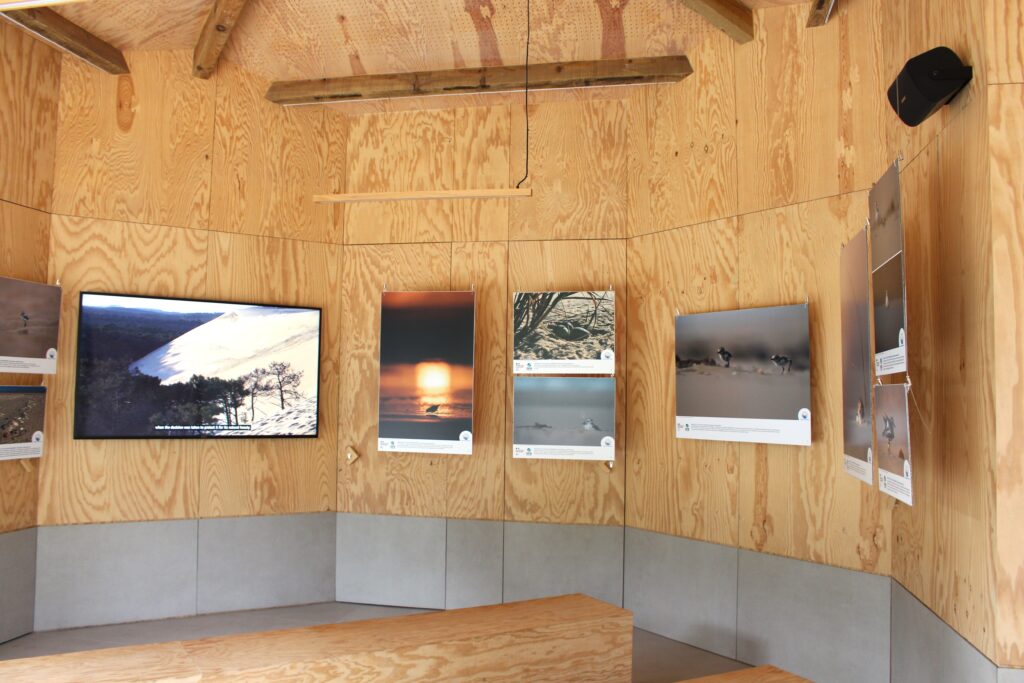
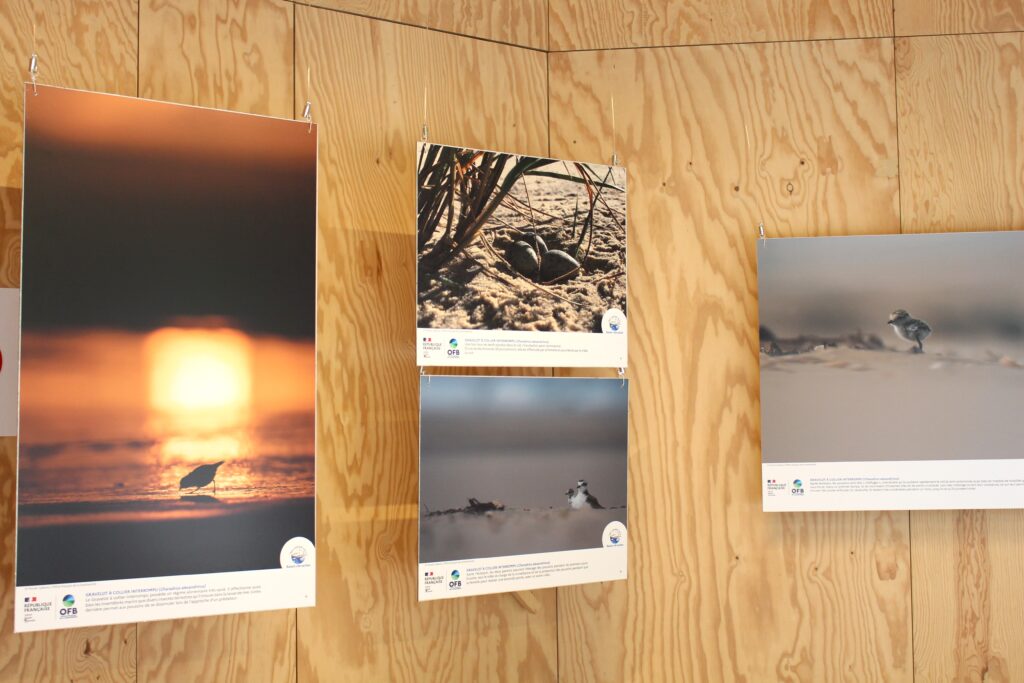
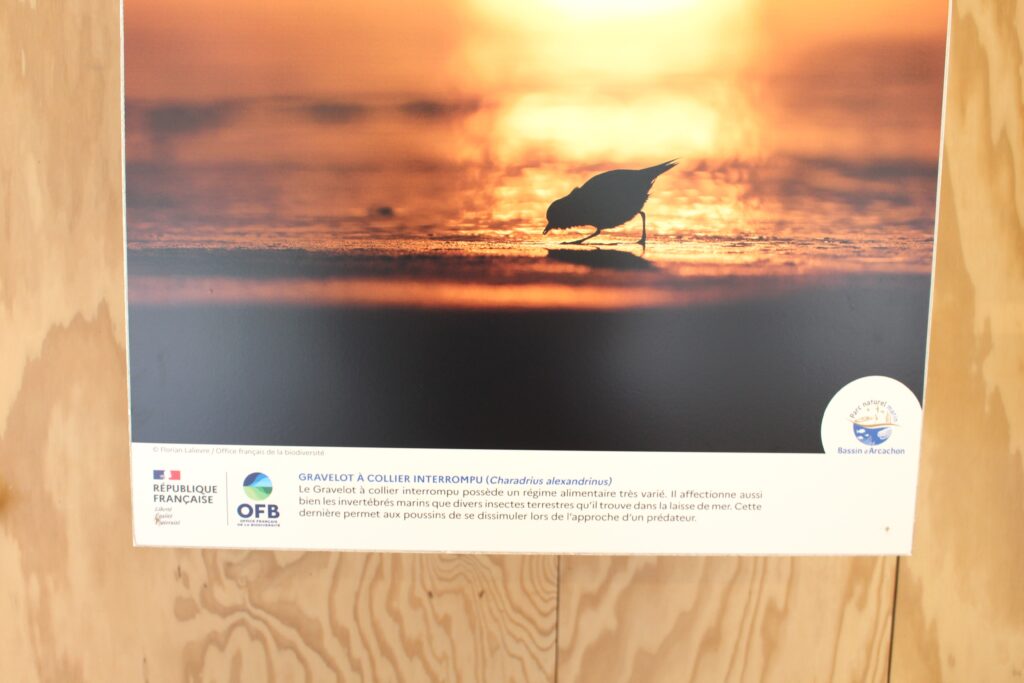

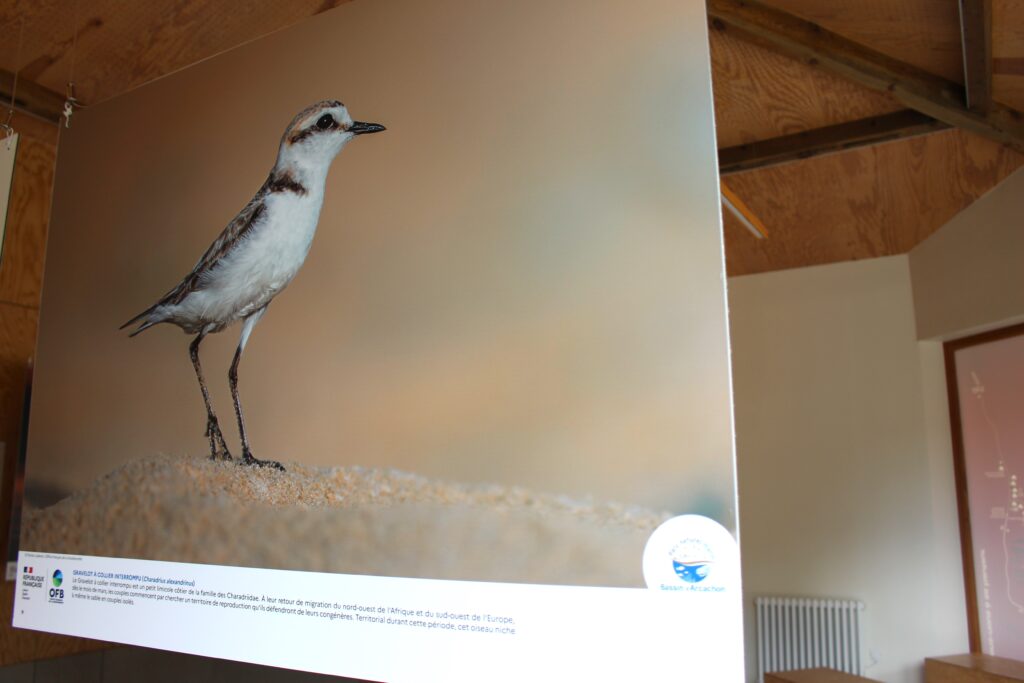
This small bird with a round silhouette like a pebble, short legs and light brown plumage, is particularly vulnerable. THE mimicry which it demonstrates, which allows it to escape its predators, represents a great source of fragility.
Its eggs, which merge with the sand, are exposed to trampling. Many nests are thus destroyed inadvertently.
The Arcachon Bay welcomes more than 1 % of the national breeding population of this protected species. The Marine Natural Park thus bears an important responsibility for its preservation and conservation. Since 2019, followed are carried out by the PNMBA and the Syndicat Mixte de la Dune in order to improve knowledge of the species and measure the pressures weighing on its reproduction.
Devices to protect eggs, in particular temporary enclosures, are installed around the nests located near the busiest beach accesses. This protection made it possible, in 2021, to multiply by six the reproductive success of the species on our territory.
The exhibition “In the Intimacy of the Gravelot” proposed by the Arcachon Bassin Marine Natural Park is part of this approach to informing and raising awareness among the general public. The objective is to raise awareness of this bird and the vulnerability factors that weigh on its reproductive success.
Taken at bird's eye level by an agent of the Marine Natural Park, Florian LALIEVRE, these photos bear witness to the beauty and fragility of this species, and also to the responsibility of all of us to protect it.








